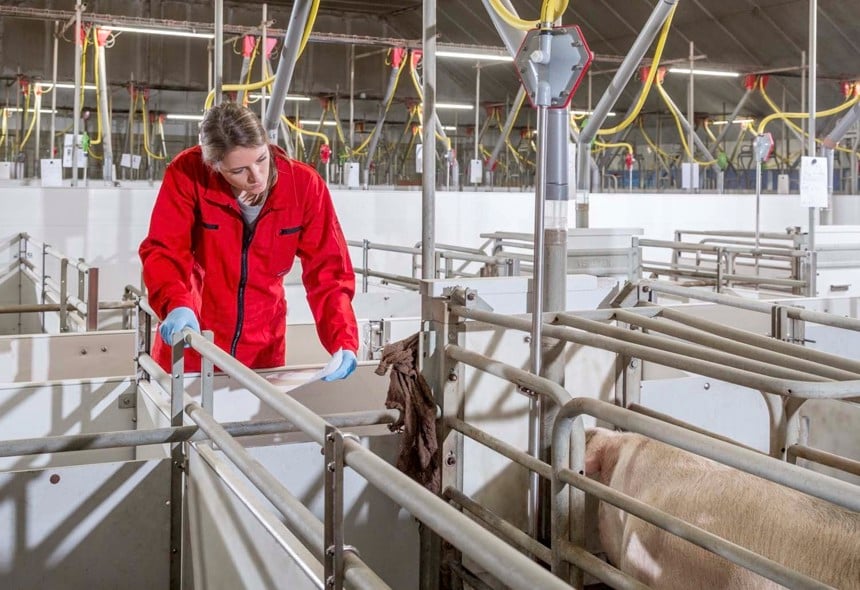Five Benefits of Benchmarking in Pig Farming
- Swine
Benchmarking is a continuous process where you measure and compare the performance of your business against others or best class standards to evaluate and discover opportunities for improvement. It is a management tool that helps any business, including pig farming, to optimize their performance. Benchmarking can help pig producers with questions such as “how is our farm doing?”, “how do we compare with others?”, “are we making progress?”, or “are we using best practises?”.

Benchmarking is not a one-and-done activity, but rather a continuous commitment and ongoing measurement to ensure continued improvement. Pig producers that make benchmarking a regular practice can:
1) Gain perspective about their farm operation and others
Effective benchmarking helps producers gain information about their both production cost and performance. It also allows them to compare their data with other swine production companies and see how their operation is ranked on cost of production or any other financial/performance parameter.
2) Set expectations and goals
By benchmarking to other producers in the swine industry, we can determine where we are and where we want to be. Data created by this process helps to set realistic and clear performance expectations for the farm staff.
3) Create a mindset of continuous improvement and motivate employees
Benchmarking provides a transparent culture and a metric that shows employees how their actions can impact the business. This tool helps to hold employees accountable, encourage them to work towards goals, and increase their productivity and motivation to exceed the averages.
4) Validate assumptions and models
By using performance prediction and economic optimization models, farmers and nutritionists can calculate and project the growth of their pigs or sow performance, considering some assumptions. Benchmarking provides the actual data that helps to validate and fine-tune those assumptions, which can be valuable to better predict herd performance and economic impact of different feeding programs.
5) Increase efficiency and lower costs, making their farm more profitable
Benchmarking helps producers find areas for improvement and where they need to put their focus. This will eventually improve profitability by identifying cost saving opportunities in their production and management.
- For benchmarking, it is important to have a tool that makes data collection and storage easy,
- has an up-to-date and large-scale industry dataset, and
- has a standardization method, ensuring we compare apples to apples.
We all know that the pork industry is volatile with continuous challenges including fluctuation in feed and pork prices, diseases, labour shortages, or processing and supply chain issues. Proper benchmarking can help producers make better decisions, move their business forward and ensure long-term success.